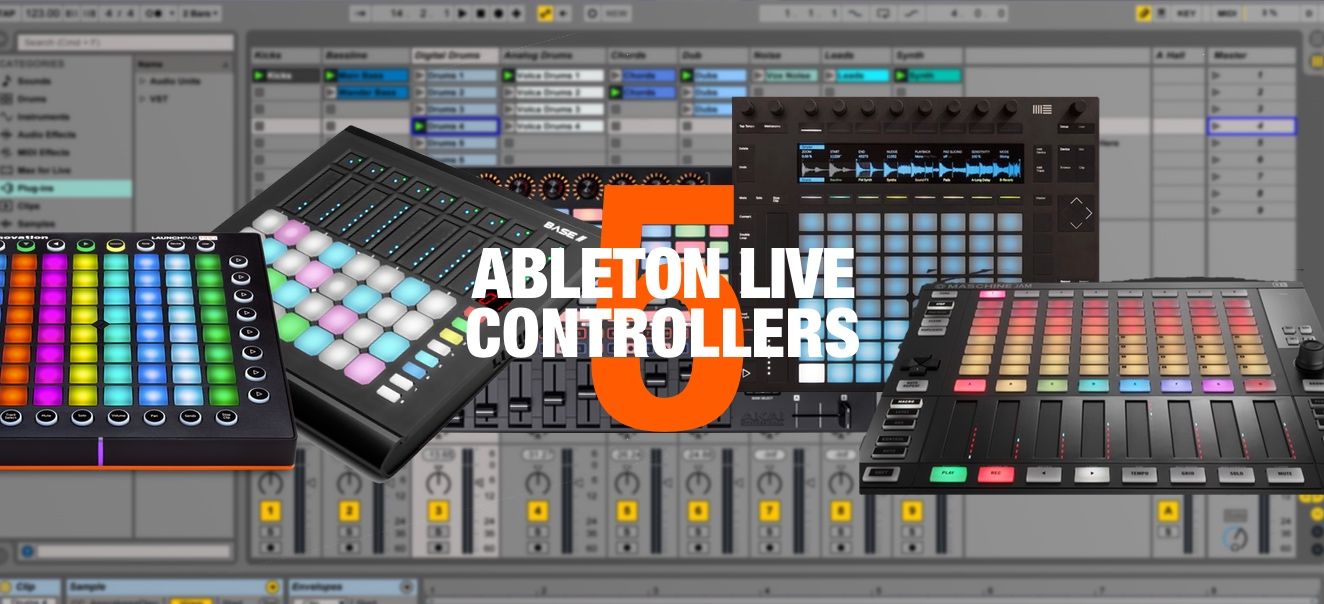
Though Live was not developed in Max, Max was used to prototype most of its features. Henke and Behles identified a need in Berlin's electronic music scene for user-friendly software for live performances, and worked with local acts to develop it. Behles and Henke met while studying programming at the Technical University of Berlin, and wrote software in the music programming language Max to perform techno as their band Monolake. Henke left Ableton in 2016 to concentrate on Monolake.

But before you go out there and start exploring the overwhelming range of options out there – there are over 5,000 devices to choose from – read this guide to get a better sense of what’s possible.Ableton Live was created by Gerhard Behles, Robert Henke and Bernd Roggendorf in the mid-1990s. Let your ears be the judge and don’t get too led astray by your visual biases.Ībleton’s Max for Live Essentials bundle for Live Suite is a recommended starting point for sequencers, modulators and workflow customisation. However, our advice is to always audition these. Some of the devices, much like Live’s native equivalents, may fool you with their minimal design. This list will give you an idea of what’s available in the vast world of Max for Live devices, ranging from Ableton’s own collection to free third-party and purchased options. At its core, it runs like other Live devices but can be used to excitingly expand the capabilities of your Ableton Live set-up. Owners of Live Suite will already have it, and Live Standard users can purchase it as an add-on. Max for Live is a powerful extension framework to the native plug-ins available in Ableton Live.


 0 kommentar(er)
0 kommentar(er)
